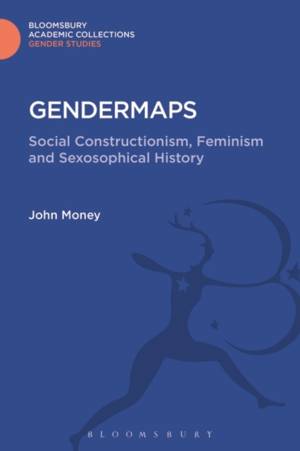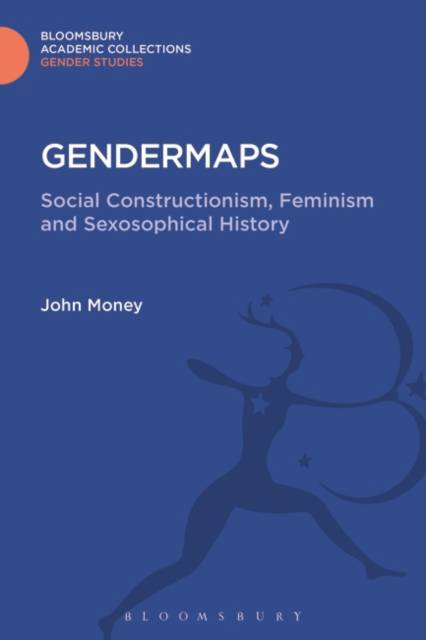
Je cadeautjes zeker op tijd in huis hebben voor de feestdagen? Kom langs in onze winkels en vind het perfecte geschenk!
- Afhalen na 1 uur in een winkel met voorraad
- Gratis thuislevering in België vanaf € 30
- Ruim aanbod met 7 miljoen producten
Je cadeautjes zeker op tijd in huis hebben voor de feestdagen? Kom langs in onze winkels en vind het perfecte geschenk!
- Afhalen na 1 uur in een winkel met voorraad
- Gratis thuislevering in België vanaf € 30
- Ruim aanbod met 7 miljoen producten
Zoeken
€ 254,45
+ 508 punten
Omschrijving
To understand masculine and feminine social and political history in the second half of the 20th century, one must first understand the lexical history of the term gender, which did not become an attribute of human beings until 1955 when John Money introduced the concept of gender role to refer to the masculine or feminine presentation of individuals whose genital organs, by reason of birth defect, were anatomically neither completely male or completely female, but hermaphroditic.
In this book, Money explores the history of gender differentiation and its impact on contemporary, postmodern social constructionist explanations of male and female. He argues that the nature vs nurture dichotomy should be abandoned in favour of a paradigm of nature/critical period/nurture. The book further discusses how some gender differences are phylogenetically shared by all people and others are ontologically unique to an individual.
In this book, Money explores the history of gender differentiation and its impact on contemporary, postmodern social constructionist explanations of male and female. He argues that the nature vs nurture dichotomy should be abandoned in favour of a paradigm of nature/critical period/nurture. The book further discusses how some gender differences are phylogenetically shared by all people and others are ontologically unique to an individual.
Specificaties
Betrokkenen
- Auteur(s):
- Uitgeverij:
Inhoud
- Aantal bladzijden:
- 176
- Taal:
- Engels
- Reeks:
Eigenschappen
- Productcode (EAN):
- 9781474287869
- Verschijningsdatum:
- 6/10/2016
- Uitvoering:
- Hardcover
- Formaat:
- Genaaid
- Afmetingen:
- 156 mm x 234 mm
- Gewicht:
- 426 g

Alleen bij Standaard Boekhandel
+ 508 punten op je klantenkaart van Standaard Boekhandel
Beoordelingen
We publiceren alleen reviews die voldoen aan de voorwaarden voor reviews. Bekijk onze voorwaarden voor reviews.









